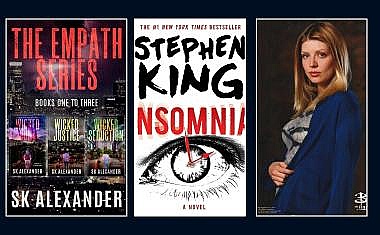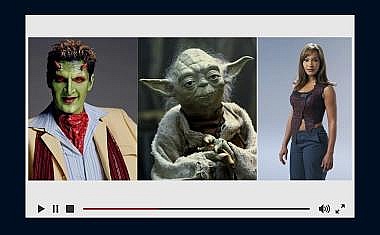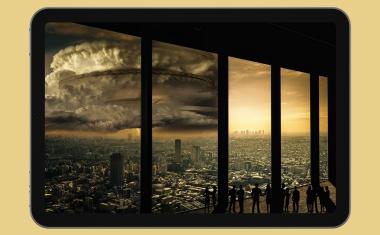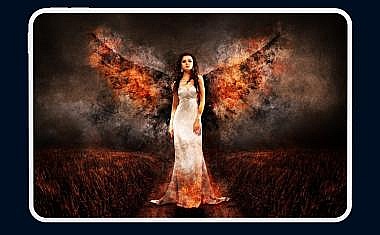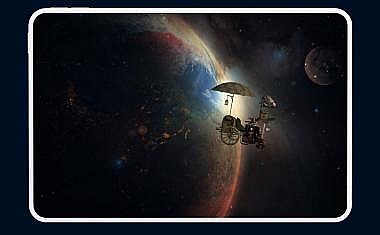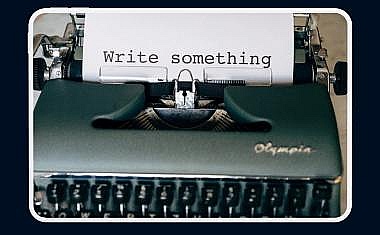
The Power of Psychometry: An Introduction to Token-Object Reading
Some people believe objects carry traces of the people who touched them. Psychometry explores the idea that objects can absorb and store energy, and thus offer glimpses into hidden stories and emotions.
Psychometry refers to the ability to touch an object and perceive its history or emotions of people who previously held it. The word comes from a Greek root meaning “soul measure”. The American scientist Joseph Rodes Buchanan (1827-1902) coined the term “psychoscopy,” a word that combines “psycho,” meaning mind or soul-related processes, with “scopy,” meaning to view or examine.
In his book, Manual of Psychometry, Buchanan defined psychoscopy as “the development and exercise of the divine faculties in man, a demonstration of the old conception of poetry and mystic philosophy as to the Divine interior of the human soul, and the marvelous approximation of man toward omniscience.”
Recommended article
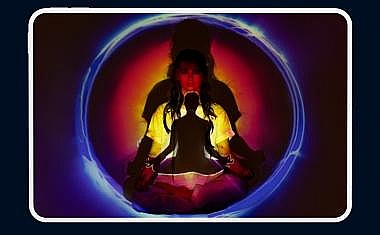
Exploring Empathy in Wicked Hunt
SK Alexander explores how Nathaniel Colt’s empathy shapes the narrative within his paranormal suspense thriller, Wicked Hunt, Book One in “The Empath Series”.
Psychoscopy’s history
The roots of psychometry/psychoscopy stretch back to ancient civilizations. In those times, people believed objects held the essence or energy of their owners. Shamans and spiritualists often claimed they could read relics or sacred objects to uncover hidden truths about their origins or previous owners.
In Ancient Egypt, people believed that amulets and talismans could protect them because of their spiritual significance. In China, they also looked at the wear patterns on weapons or tools to understand a person's strength or personality.
Over time, especially during the Renaissance, people believed in science more and in supernatural beliefs less. Thinkers like Leonardo da Vinci focused on observing and testing natural phenomena to understand them better. But even amid scientific progress, many still held onto the belief that objects could reveal something about a person’s inner life.
During the Victorian era, some mediums used physical objects as focal points for their séances. But in the 18th century, psychology became also an academic subject. Pioneers like Franz Mesmer explored ideas related to unseen energies that influence human behavior. These concepts would later form the basis of more organized theories about subconscious cues and energy fields associated with objects. Although Mesmer’s hypotheses lacked scientific validation, his work sparked interest in unseen forces beyond conscious awareness.
Joseph Rodes Buchanan championed the idea that materials could retain “psychic impressions.” While he sought scientific validation for these claims, the concept caught on among spiritualists who practiced “table turning” and “spirit writing.” In recent decades, scientists have been studying these phenomena again.
Recommended article
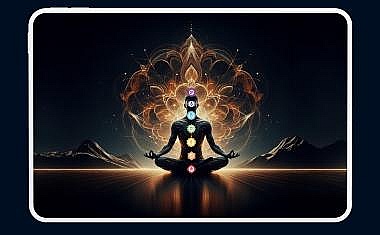
Aura Vision: What Color Is Your Soul?
Throughout history, auras have appeared in various cultures and spiritual traditions for thousands of years. But what exactly is an aura? And how do people perceive them?
Difference from other psychic abilities
Psychometry differs from clairvoyance, which involves seeing visions at a distance, and precognition, which involves foreknowledge of future events. It also differs from telepathy, which is reading another person's thoughts. With psychometry, you primarily use touch to interact with an object to access its energy.
In The Empath Series, Nathaniel Colt can do more than read auras. He also has the rare ability to read the energy of objects. By touching something, he can unlock traces of the emotions or fleeting thoughts of those who have held it before.
Imagine holding a ring or a photograph and suddenly sensing the joy or sorrow tied to its past. In Colt’s case, it could be a murder weapon or something a victim held shortly before their murder. Psychometry is a crucial part of Colt's empathy, and he uses it in his investigations to glimpse hidden truths.
As with many phenomena that challenge conventional understanding, psychometry faces persistent skepticism from the scientific community. This skepticism stems primarily from a lack of empirical evidence, concerns over subjective bias, and questions about validity.
Some skeptics argue that what appears as psychic impressions are merely subconscious memories or imagination triggered by familiar objects—the so-called “cold reading” effect. Believers say that you can detect real energy signatures from certain materials under proper conditions.
Recommended article
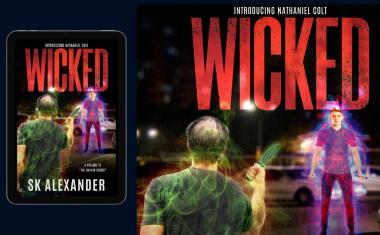
Wicked - the prelude to The Empath Series
Sign up for SK Alexander's email list and get Wicked, the short story that introduces Nathaniel Colt, the main character of The Empath Series.
Psychometry’s process
Psychometry does not require extensive training like some other psychic skills. Instead, it depends on how sensitive you are to subtle cues and whether you believe in the process. Many practitioners describe it as a form of intuitive perception or subconscious memory recall, rather than a straightforward “reading” of words printed on paper.
Practitioners believe that someone can access the information these imprints contain through focused attention and intent. When someone with heightened perceptive abilities holds an object, they may perceive impressions that are not visible on the surface but are embedded within the object’s energy field.
The process can be different for each person. One of the foundational techniques is tactile analysis—the act of physically feeling an object to discern subtle textures, temperature, or irregularities that may carry symbolic or emotional significance.
Some use meditative states designed specifically for deepening their connection to subtle energies. They may visualize energy fields surrounding objects and incorporate mindfulness practices. Others prefer free-flowing intuitive journaling, where they record any impressions without censorship initially.
Recommended article
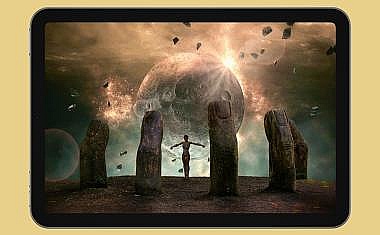
Puzzling Phenomena: A Guide To Paranormal Fiction
Psychic powers, odd occurrences, and cryptic creatures—paranormal fiction pushes beyond the boundaries of the known to delve into the unexplained.
Psychometry takeaways
Since the dawn of civilization, people have been looking for ways to find hidden truths, understand intentions, and predict outcomes. Not just through words and actions, but through observing the objects associated with individuals.
Many believe that everything emits subtle energy fields, so-called auras, that encode information about events and emotions tied to specific moments in time. With the right mental and spiritual connection, one can readily interpret these energy fields through touch.
Nonetheless, the scientific community remains skeptical because of a lack of consistent empirical evidence. So far, no experiment has shown that psychometric readings differ from chance or cold reading techniques used by some mentalists.

Buy The Empath Series
The Empath Series is a paranormal suspense series about a reclusive empath rejoining the world and the people he left behind. All three books are available on Amazon:
If you enjoy stories with a psychic investigator, serial killers, and an insolent dog, then you will love The Empath Series.



